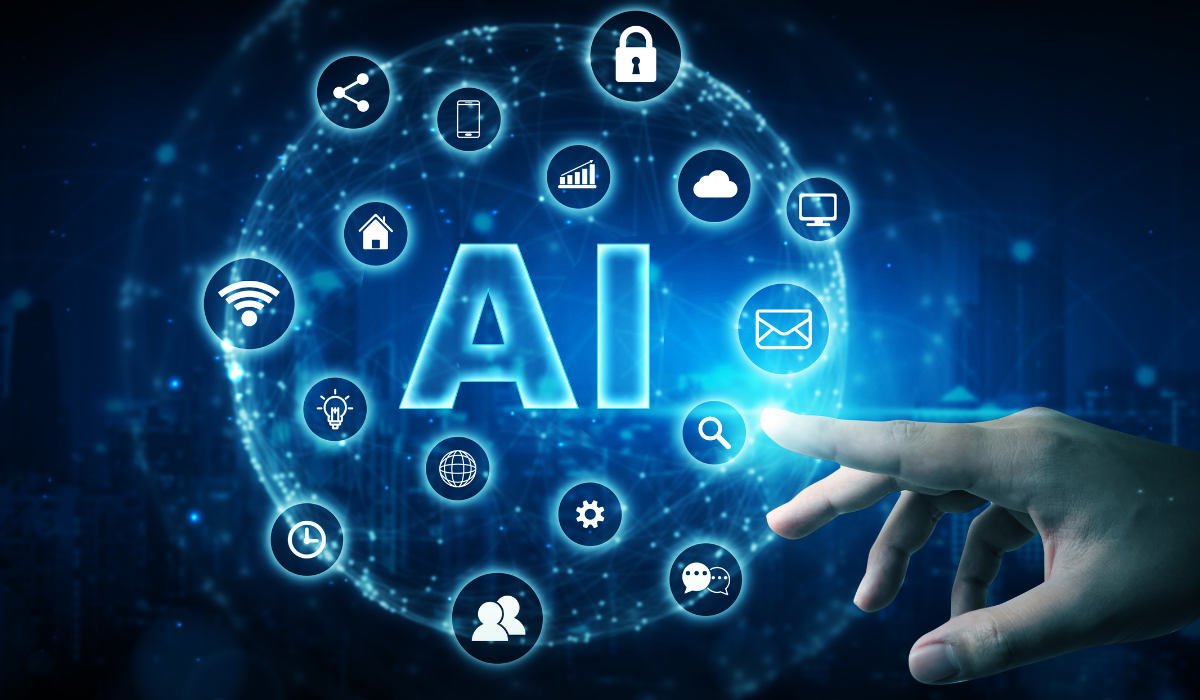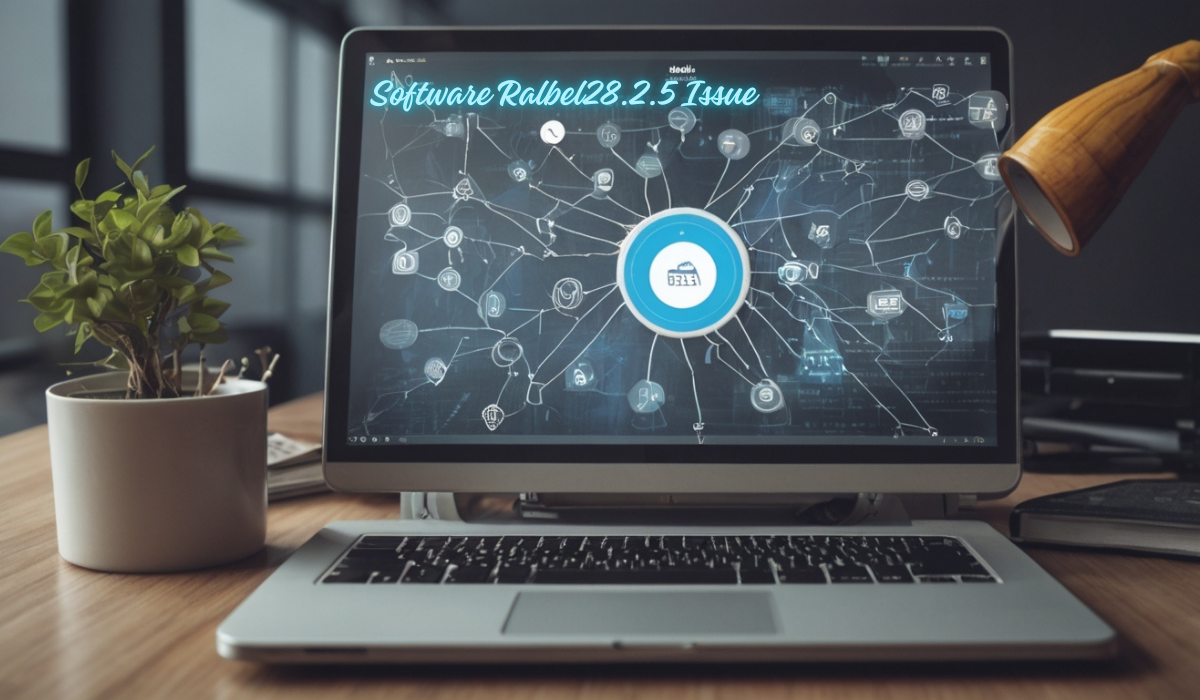Democratizing Creativity: How AI Tools Empower Non-Artists to Create Professional-Grade Work
Introduction
Creativity has long been viewed as a skill reserved for a select few painters, filmmakers, writers, and designers with years of training and natural talent. However, with the rapid evolution of artificial intelligence (AI), this perception is changing. AI tools are reshaping the creative landscape, empowering individuals with little or no formal artistic training to produce professional-grade work. From visual design to filmmaking, AI is leveling the playing field, enabling anyone to participate in the creative process.
The Rise of Accessible AI Tools
In the past, creating high-quality visual or multimedia content required expensive software and extensive expertise. The learning curve for tools like Adobe Photoshop or Final Cut Pro was steep, often discouraging novices from even attempting creative projects. Today, AI-powered tools have changed the narrative, offering intuitive, user-friendly platforms that allow beginners to achieve results previously thought to be the domain of professionals.
AI tools leverage machine learning algorithms and pre-trained models to automate complex processes. For example, image editing software now includes AI-driven features like background removal, object detection, and color correction—tasks that used to require manual effort and significant skill. These tools can analyze and replicate professional techniques, making it possible for non-artists to produce visually stunning outcomes with minimal effort.
Empowering Visual Creativity
One of the most transformative areas for AI has been in visual content creation. Tools powered by AI can now generate realistic images, manipulate existing ones, and even create art from scratch. This has opened new avenues for individuals without a traditional background in art or design.
For instance, platforms equipped with an AI image generator allow users to create custom visuals by simply inputting text descriptions. These generators interpret the descriptions and produce high-quality images in seconds. Whether it’s a promotional poster, a concept sketch, or a digital painting, these tools empower users to bring their ideas to life without requiring advanced artistic skills.
Beyond static images, AI-driven design tools enable users to craft layouts, logos, and branding materials with ease. By offering suggestions, templates, and customization options, these platforms simplify the creative process while maintaining a professional standard. Small business owners, educators, and hobbyists now have the means to create polished visuals without hiring a designer.
Revolutionizing Video Production
In addition to visual design, AI has significantly impacted video creation. Traditional video production involves numerous steps—scripting, shooting, editing, and post-production—that demand time, expertise, and resources. AI tools streamline these processes, making video creation accessible to a wider audience.
One example is the emergence of an AI video app that automates key aspects of video editing. These applications use AI to cut footage, apply transitions, add music, and even generate captions. They can analyze the content of the video to suggest the best edits and enhancements, reducing the workload for creators. This democratization of video production is particularly beneficial for content creators on platforms like YouTube, Instagram, and TikTok, who need to produce engaging videos quickly and efficiently.
AI is also making strides in areas like scriptwriting and animation. Tools powered by natural language processing (NLP) can assist in generating scripts or storyboards, while AI-driven animation software enables users to create dynamic characters and scenes without the need for intricate knowledge of animation techniques. These advancements are opening doors for aspiring filmmakers and storytellers, giving them the tools to share their vision with the world.
Breaking Barriers in Music and Audio
Music and audio production have also benefited immensely from AI innovations. Creating music traditionally required understanding musical theory, mastering instruments, and learning complex software. Today, AI-powered platforms can generate music tracks, provide instant mixing and mastering, and even compose melodies based on user input.
These tools are particularly useful for independent creators, small businesses, and marketers who need custom soundtracks for videos, podcasts, or events. By removing the technical barriers, AI enables users to experiment with music creation and produce professional-grade audio, even if they lack prior experience.
The Role of Collaboration and Customization
While AI tools simplify the creative process, they also emphasize collaboration and customization. Most platforms allow users to personalize outputs, ensuring that the final product aligns with their vision. Instead of replacing human creativity, AI serves as an assistant, enhancing and augmenting the creative process.
For example, AI tools in writing can generate content suggestions, but the user still determines the tone, style, and message. Similarly, in design and video production, AI can provide a starting point or automate repetitive tasks, leaving creators free to focus on refining the details and adding their unique touch. This collaboration between human creativity and AI efficiency results in work that is both original and high-quality.
Addressing Concerns and Challenges
Despite its many benefits, the rise of AI in creative fields is not without challenges. Concerns about originality, authenticity, and intellectual property have surfaced as AI-generated content becomes more prevalent. Critics argue that relying on AI tools may lead to a homogenization of creative outputs, as many users draw from the same algorithms and templates.
To address these concerns, developers are working to make AI tools more adaptable and customizable. By enabling users to train AI models on their own data or integrate unique styles, these platforms aim to preserve individuality in creative work. Additionally, ongoing discussions about copyright and ethical use are shaping policies to ensure that AI-generated content respects ownership rights and promotes fair use.
The Future of AI in Creativity
The democratization of creativity through AI is still in its early stages, but its potential is immense. As AI technologies continue to evolve, they will likely become even more accessible and versatile, enabling a broader range of users to participate in creative endeavors. From education to entrepreneurship, the impact of AI-powered creativity is poised to grow across industries.
For non-artists, these advancements represent an exciting opportunity to explore their creative potential and contribute to a diverse, vibrant cultural landscape. By lowering the barriers to entry, AI tools are not just reshaping how we create but also redefining who gets to create.
Conclusion
Artificial intelligence is revolutionizing the creative world, making professional-grade tools and techniques accessible to everyone, regardless of their background or expertise. By empowering non-artists to produce high-quality work, AI is fostering a new era of innovation and inclusivity. Whether it’s through generating images, editing videos, composing music, or crafting written content, AI is proving to be a powerful ally in democratizing creativity. The future of creation is here, and it’s more inclusive than ever.




Post Comment